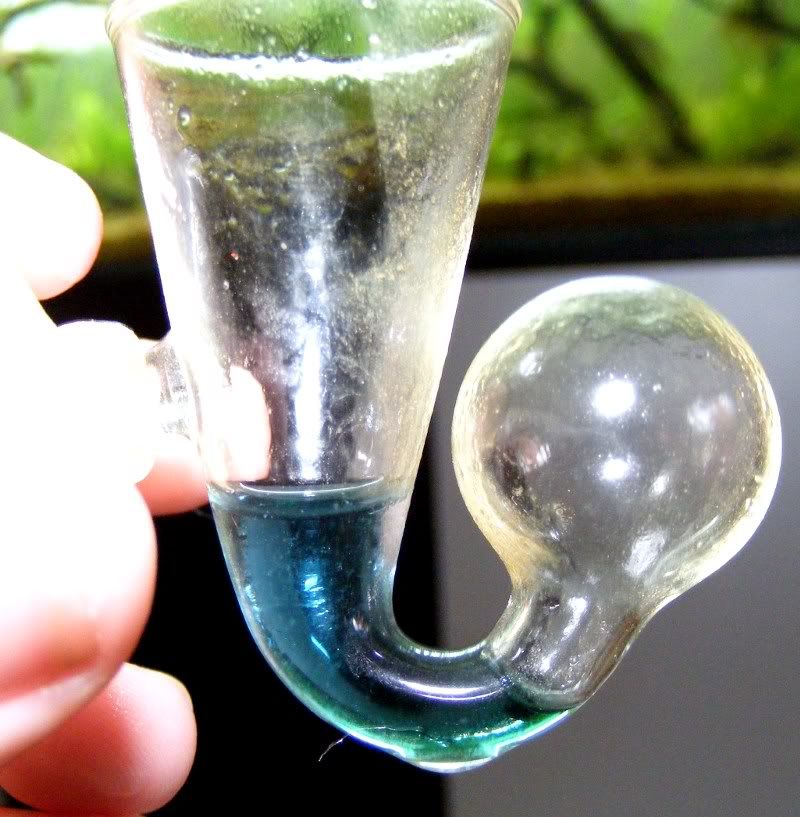Yeah a powerhead would work IMO. The airstone might not be too much of an issue to be honest, will just mean you waste a bit of CO2. Only way to know for sure is to try it with and without and see how it effects your CO2 usage.
In your position I would run the canister into a spraybar that is central in the tank. I like to put them near the bottom of the tank facing up/forward as this gives water movement around the roots and substrate and stops dead leaves and stuff building up. A spray bar will help distribute the CO2 evenly around the tank as well.
If you put a power head on the sponge filter I would run the output of that to a Lily pipe. This gives enough surface movement to stop biofilms forming but wont off gas your CO2 excessively.
Regarding fish asphyxiation. Honestly I have never had this issue. I switch my CO2 off 1-2 hours before the lights go off, this gives it time to ramp down a bit. I also don't run super high CO2 anyway, slightly light green on a drop checker with 4dhk solution base, going to a very dark green by the time the lights go off. I never run into the "almost yellow" colour if there is livestock in the tank.
If you are monitoring your CO2 properly and slowly adjusting as you go, in my experience, it doesn't cause any issues. The key is going slow though. You need to make sure that your CO2 is burning off before the lights go out. How quickly this happens is going to change as your get more plant mass. I have never noticed any breathing issues with any fish I have kept with injected CO2 and I never used any kind of extra surface agitation for overnight.
All the being said though there is no harm at all in having an airstone or surface level pump come on overnight with a timer.


